During the Dien Bien Phu Campaign, the enemy knew well the destructive power of rain on supply routes. Therefore, from the beginning of the campaign, they wanted to create artificial rain, but were unsuccessful. The early arrival of the rainy season helped them.
On the enemy side: On April 25, Langlais counted his forces and found that there were still 1,400 men, 8 105mm guns and 2 tanks..., the newly promoted Colonel decided to launch a relief attack. On April 26, four of the best North African platoons were selected to attack our trenches in the northwest of Zone C. Langlais was informed that there was only one of our trenches. But when the soldiers of the 9th Algerian Company broke in, they found themselves between two lines of trenches, and had to ask for reinforcements to escape. Langlais decided that some cowards had to be disciplined to set an example. Lieutenant Benthabich, the commander of this unit, was called in. Langlais ordered two of the escapees to be shot. Some French officers seemed to agree.

French soldiers at Dien Bien Phu. Photo archive
Benthabich returned to his company and said: "I cannot assign anyone. Everyone thinks they are equally brave and have fought with all their might. If necessary, shoot them all. When your legionnaires cannot break through the encirclement, they have to flee, so you cannot shoot anyone! No Algerian will accept such unfair treatment." Then the Lieutenant added: "Colonel, believe me, we cannot afford to waste the few soldiers we have. I have lost four men, and only one has been released!" Langlais was forced to reverse the decision.
On our side: The enemy hoped to prolong the war by striking hard at the supply routes. They knew that after each attack, our troops had to wait for ammunition and rice to be delivered from the rear. Roads on the slopes of high passes, sections prone to flooding, and bridges on the only road became bomb bags.
In the rear, Giang Pass on the way from Cao Bang down, Ca Pass from Lang Son back, Khe Pass connecting Thai Nguyen with Tuyen Quang, Lung Lo Pass connecting Yen Bai with Son La, were the targets of airstrikes. On the campaign line, enemy bombs continued to rain down on Pha Din Pass, the traffic hubs of Co Noi and Tuan Giao.
But there was another disaster: the rain. The rain knew how to exploit the weaknesses of the roads better than the bandits. All our roads were narrow and bad, and had been destroyed before, but had been quickly restored with graded asphalt. As soon as the weather dried, motor vehicles encountered many difficulties. The rain created swamps 10km long. The rain pushed the soil down in patches and covered the road surface. Sometimes it swept entire sections of the road on the slopes into deep ravines. The enemy knew well the destructive power of rain on supply routes. From the beginning of the campaign, they wanted to create artificial rain, but were unsuccessful. The early arrival of the rainy season helped them.

Soldiers and laborers cleared the road from Tuan Giao to Dien Bien Phu. Photo: Archive
The artillery was seriously starved of ammunition. There were days when each of our artillery pieces had only two or three rounds left. To fire more than three 105mm rounds, permission had to be sought from the Chief of Staff, and to fire more than ten rounds, permission had to be sought from the Commander-in-Chief. During this period, some Western researchers exaggerated the number of artillery shells we had at Dien Bien Phu. Some calculated that we had fired about 350,000 rounds. According to them, the French side had used 132,000 rounds in the campaign, not counting the firepower of tanks and especially the air force. In reality, regarding 105mm shells, we only had a total of about 20,000, including 11,000 rounds of spoils of war from the Border Campaign, 3,600 rounds provided by China along with the artillery, 440 rounds of spoils of war on the Central Laos front, and about 5,000 rounds captured from the enemy's parachute supplies.
In the western fields, our troops had dug trenches around the fortifications and had dug drainage lines on the battlefield. The front staff was focused on studying how to build raised trenches to deal with the floodwaters. Every time a dark cloud appeared over the mountain top or a flash of lightning in the night, the Commander felt restless. We had prepared everything to fight through the rainy season. But the best thing was to end the enemy's fate before the rainy season came.
Coordinate with Dien Bien Phu battlefield
To have reinforcements for the Dien Bien Phu battlefield which was in danger, on April 25, 1954, the enemy ordered the 1st Mobile Corps, 3 separate battalions and an artillery battalion to retreat to Thakhek along Route 12. On the way of withdrawal, they were intercepted by the 18th Regiment and friendly forces at each stage, wearing down and destroying a number of them. Before the Dien Bien Phu Campaign entered its final phase, our and our friends' offensive in Central Laos ended. In this operation, we and our friends eliminated nearly 3,000 enemy troops from combat, continuing to hold back many of their elite mobile corps in Central Laos.
THANH VINH/qdnd.vn
Source



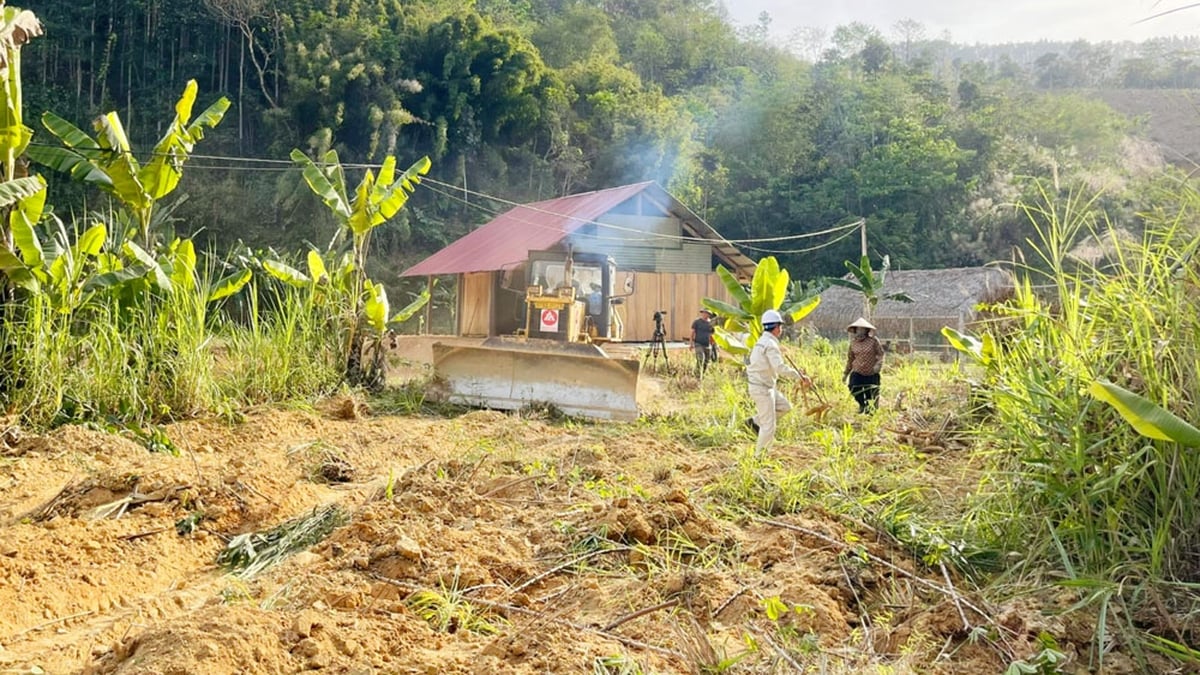
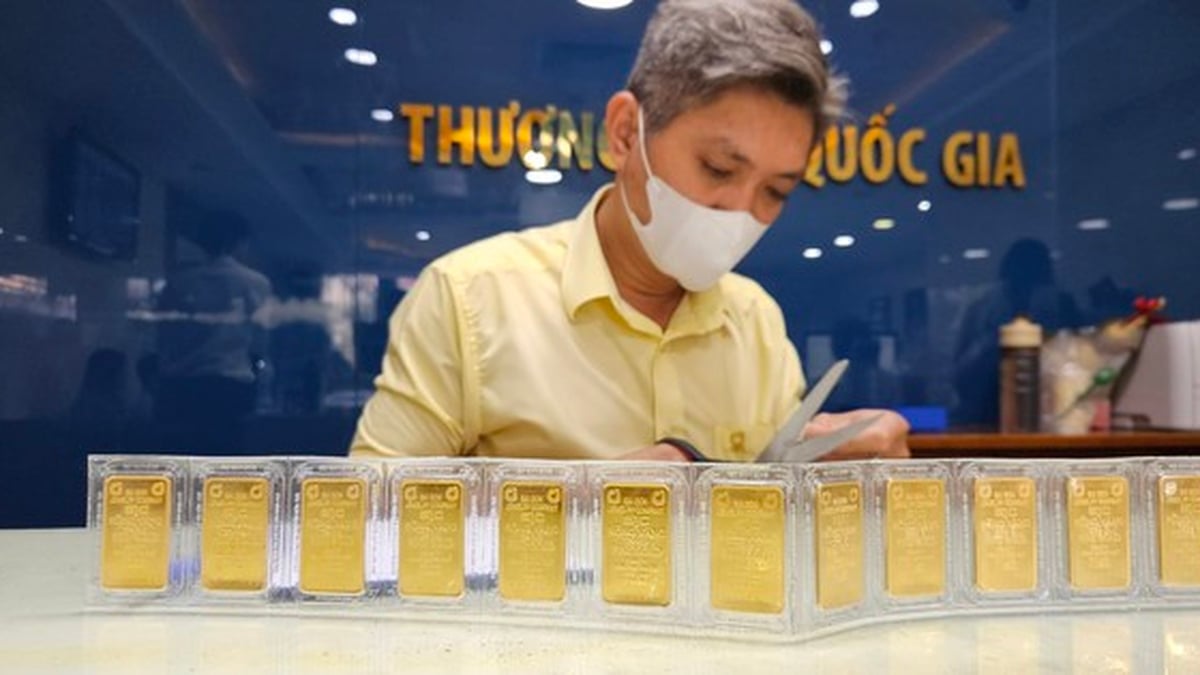
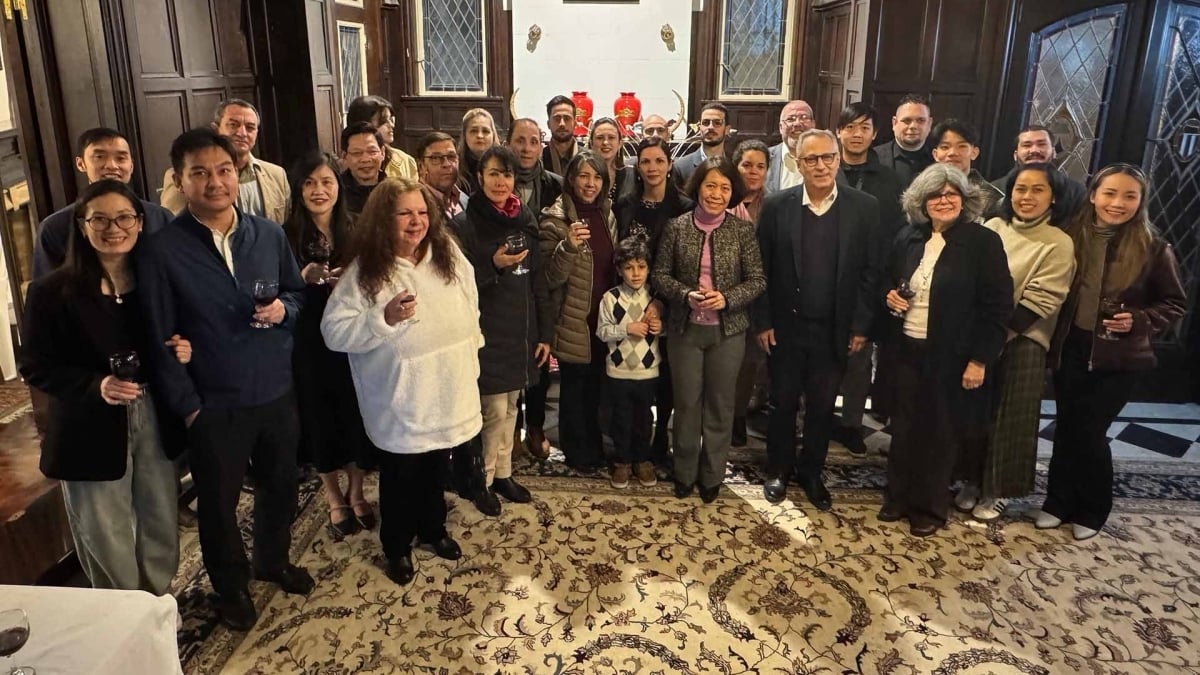
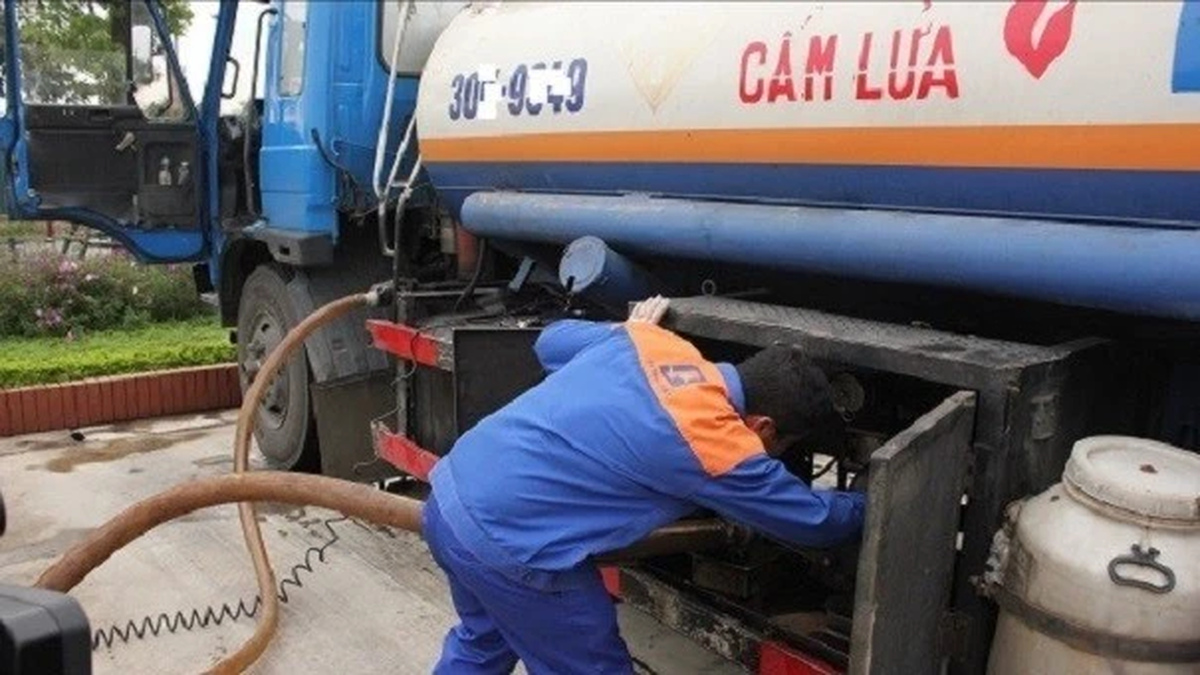

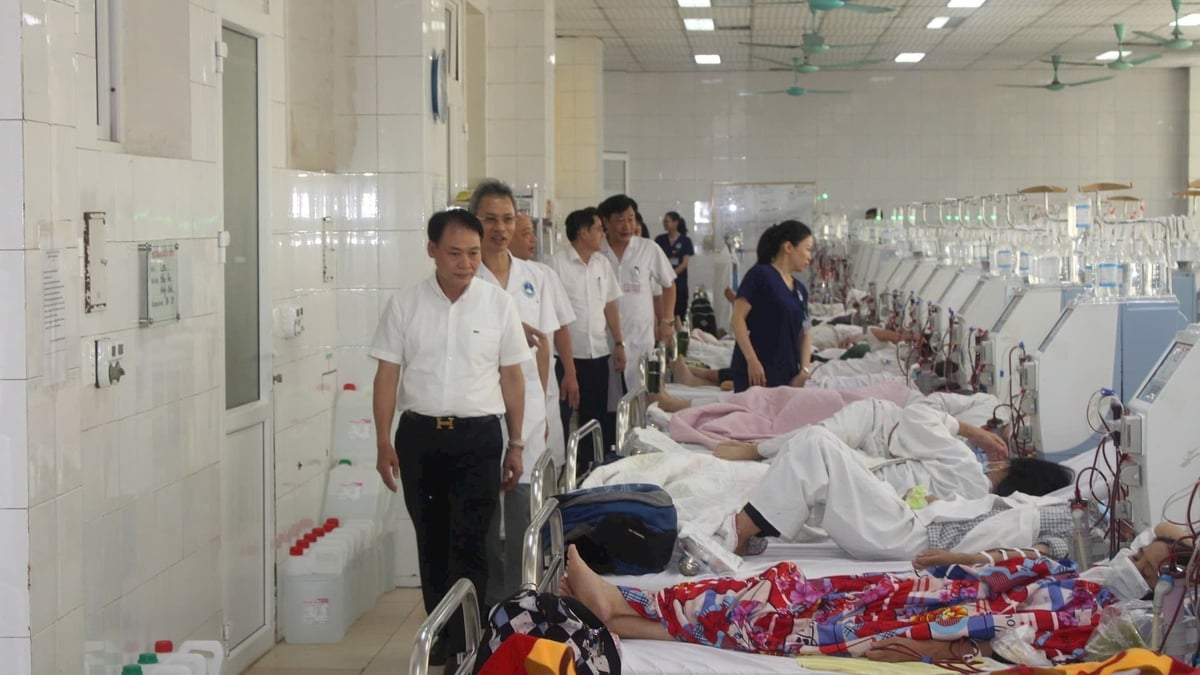
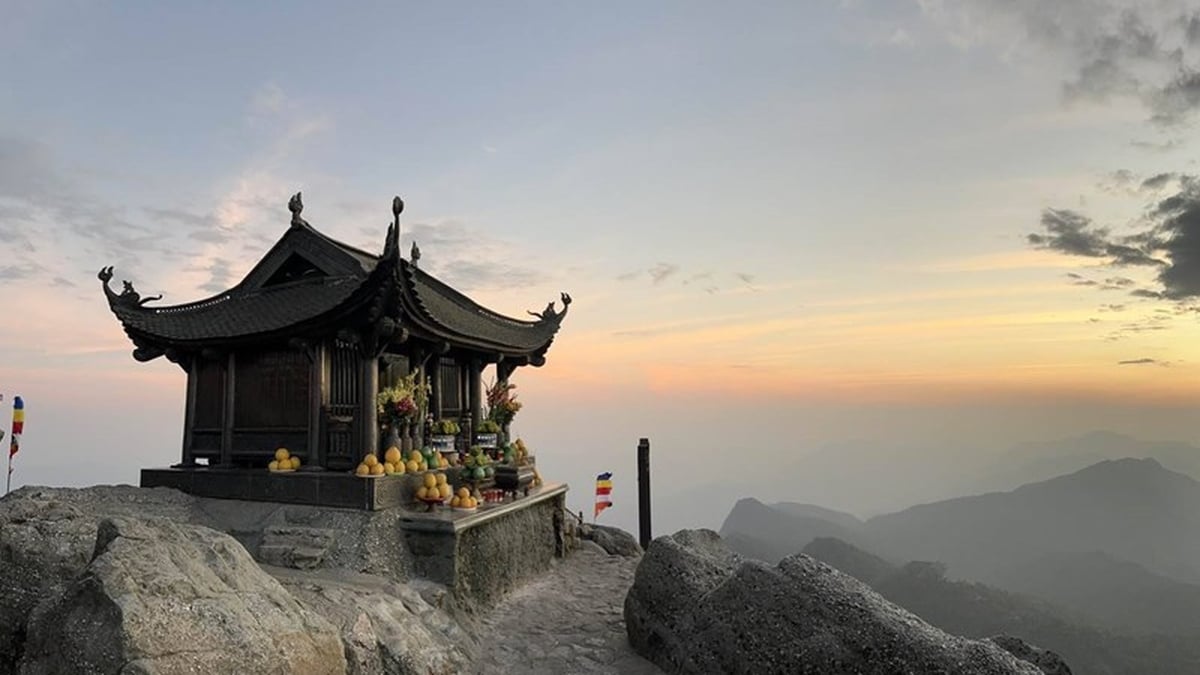

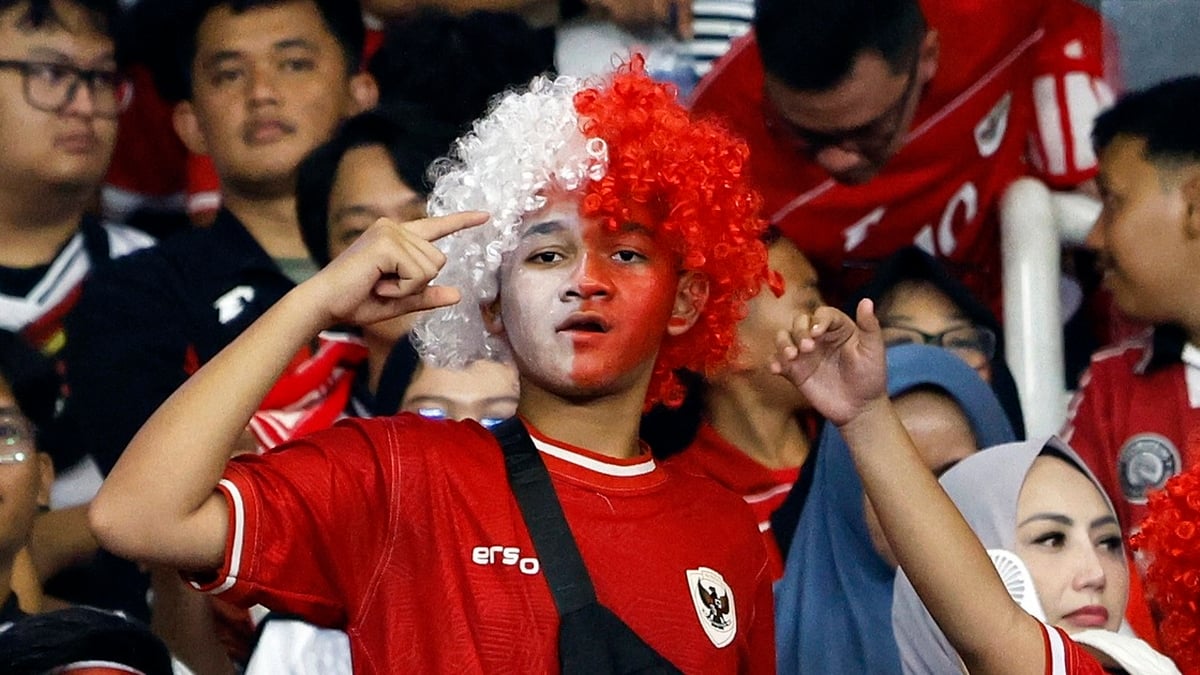
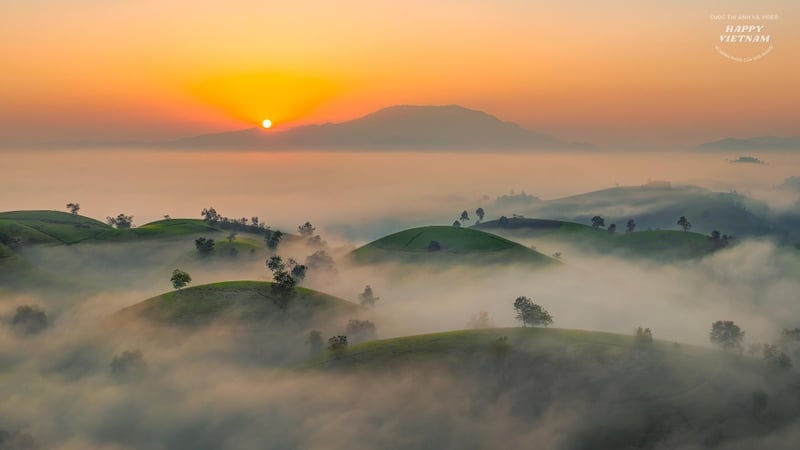
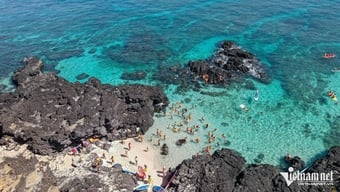

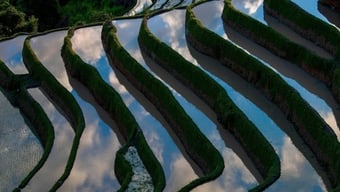

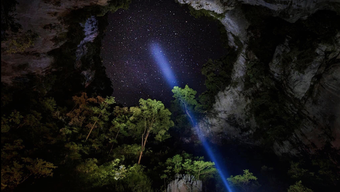
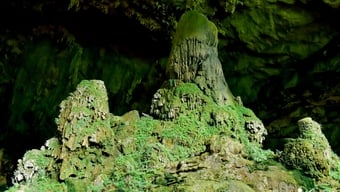
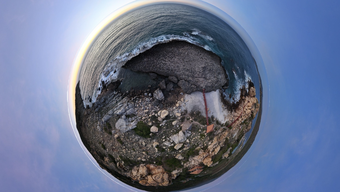


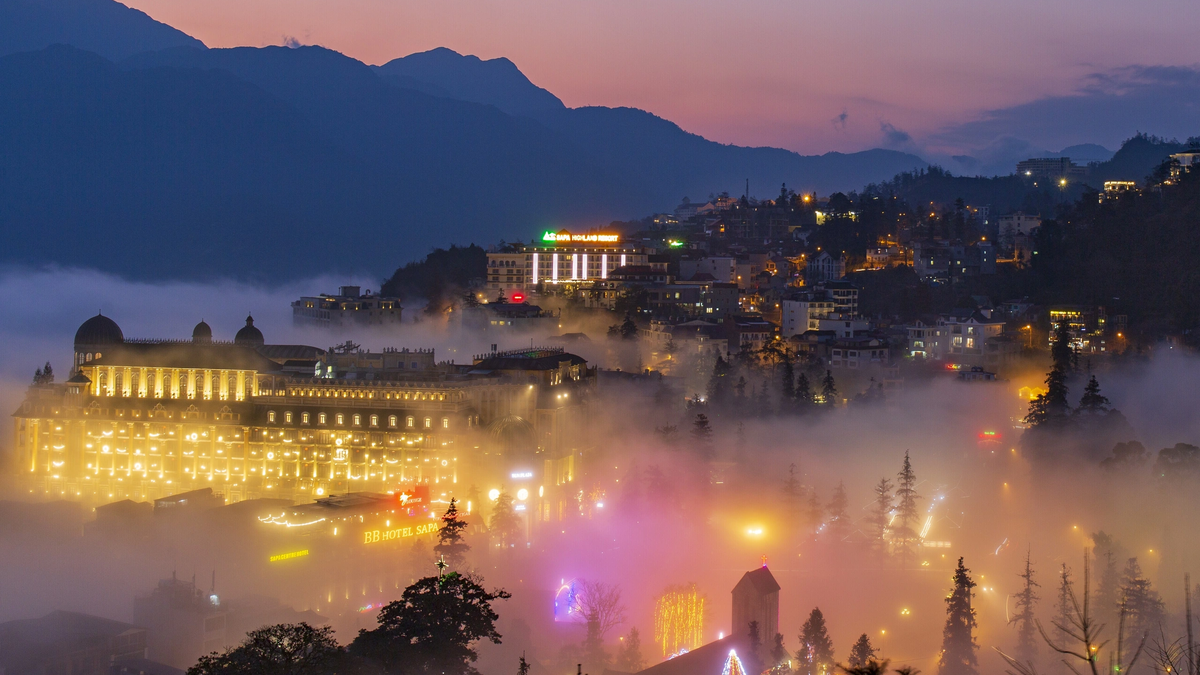
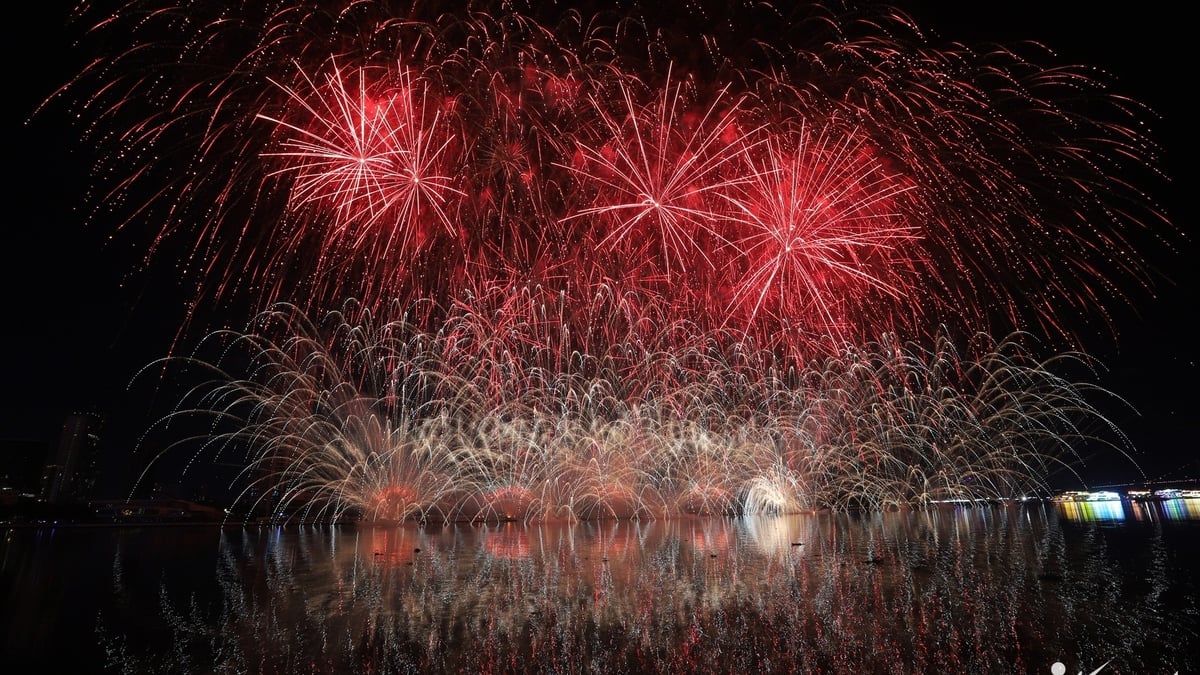
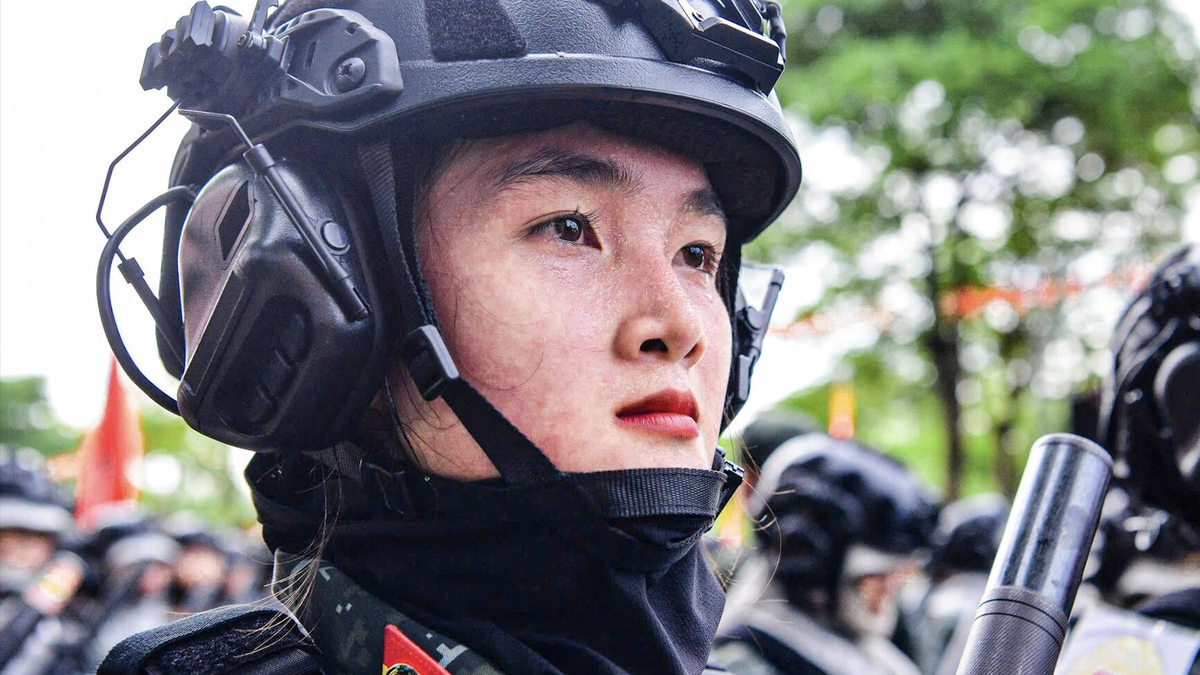
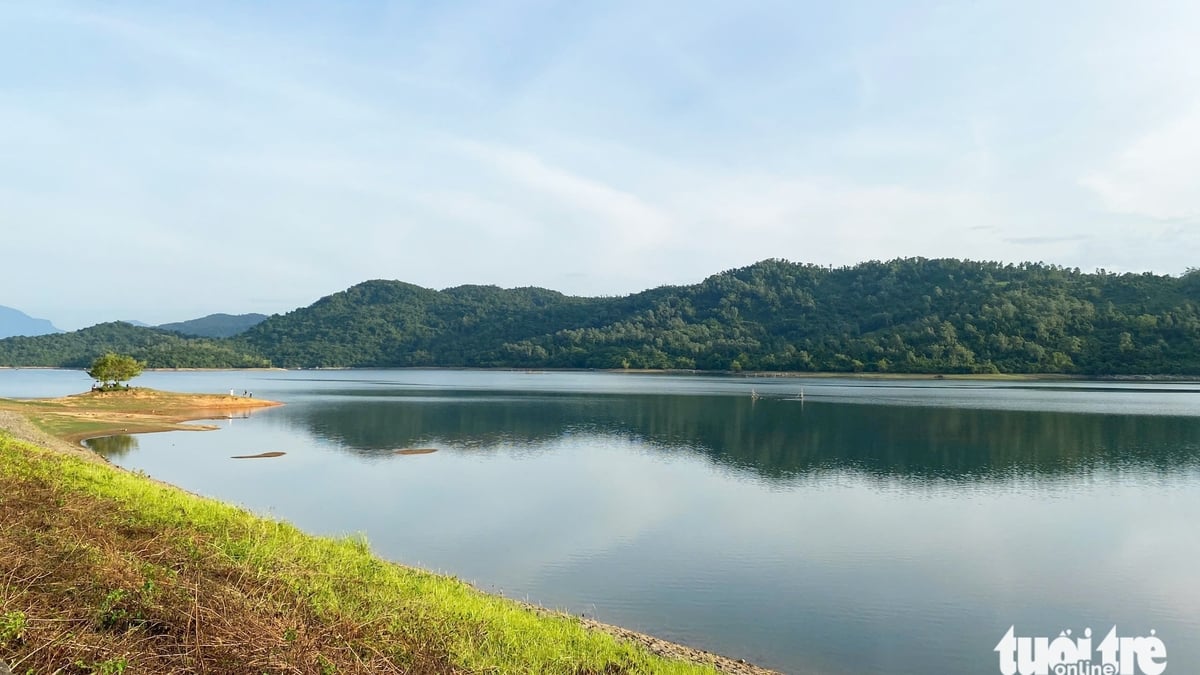
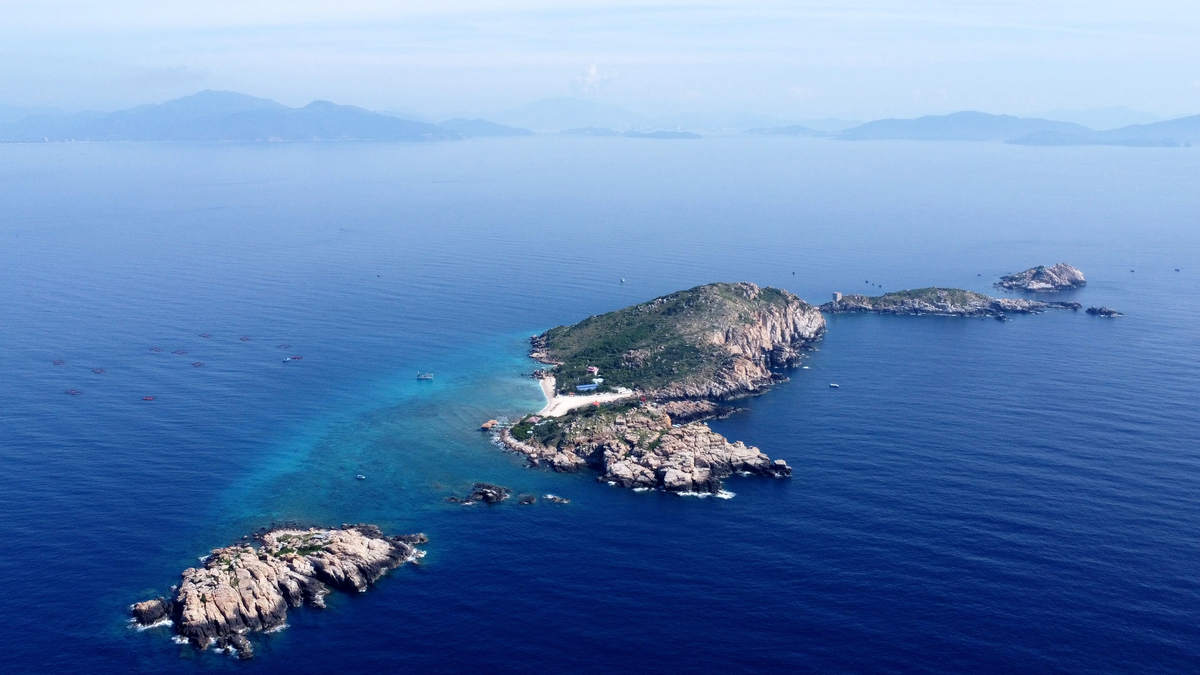

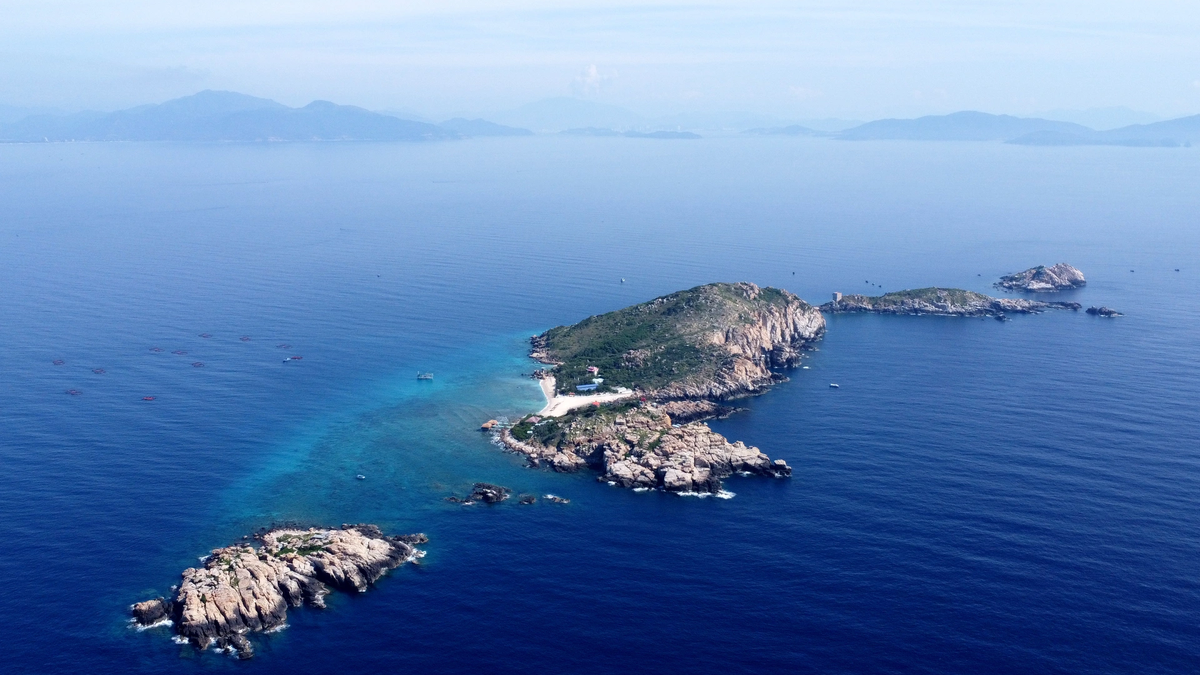
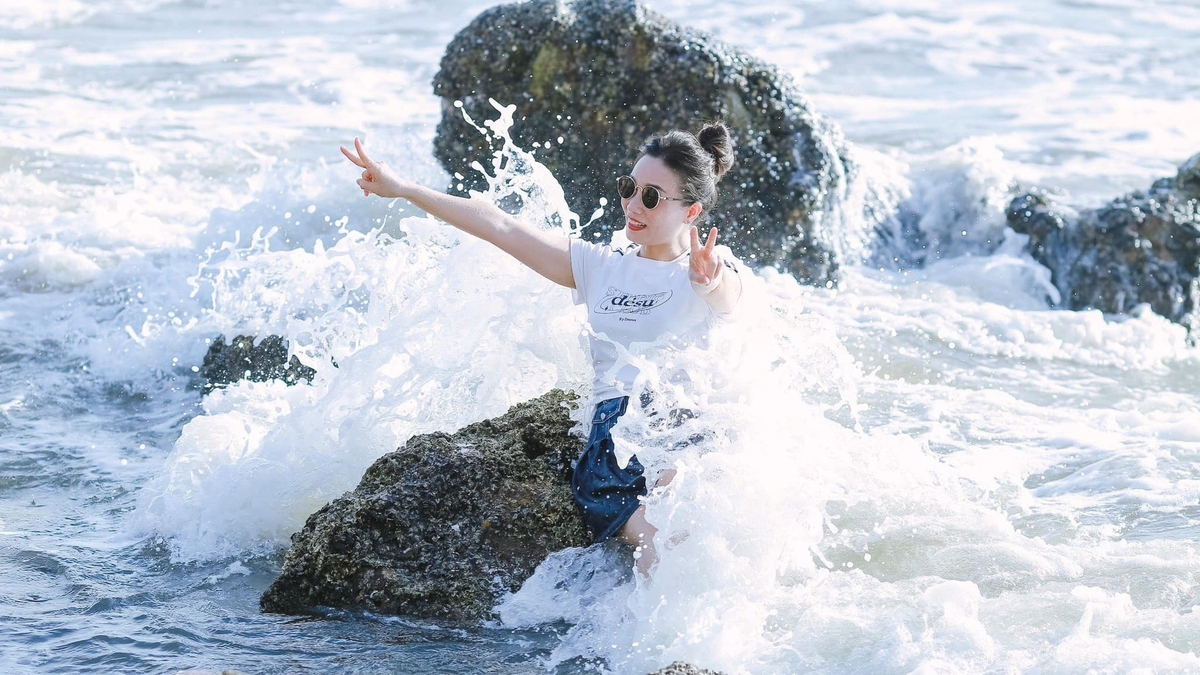
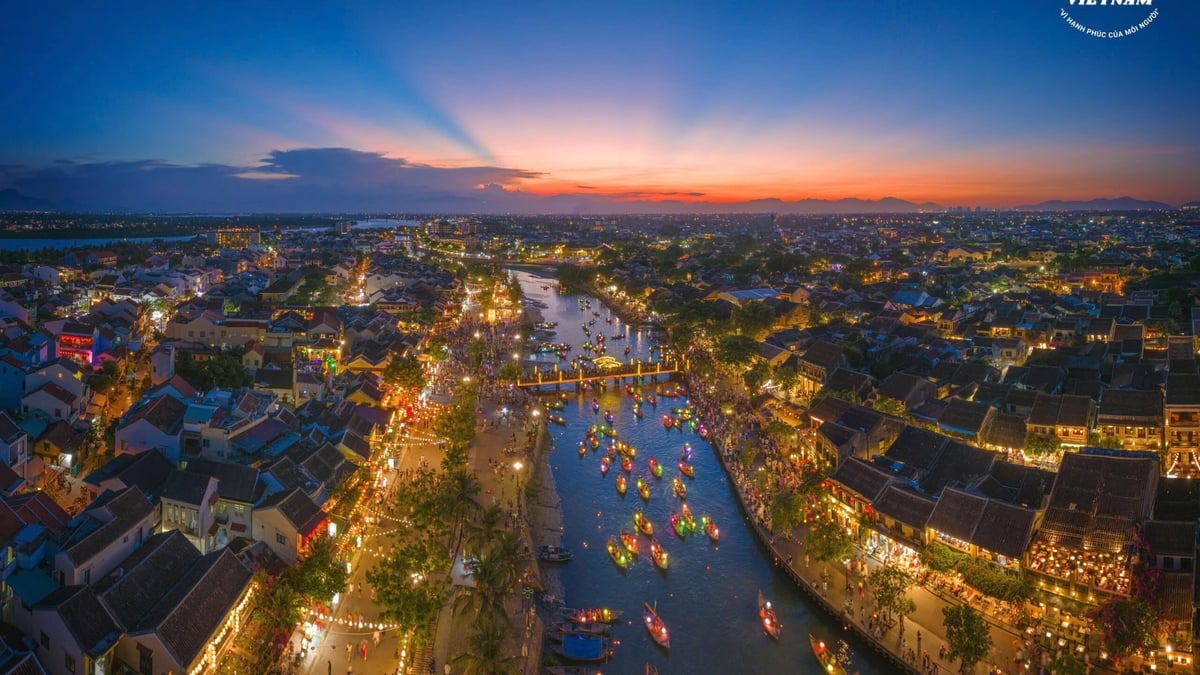





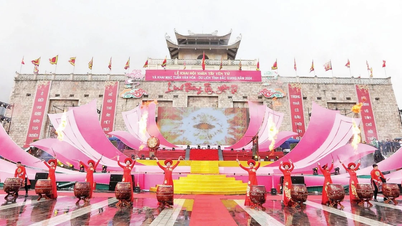

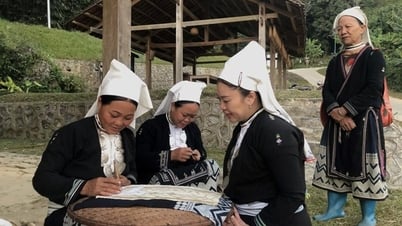



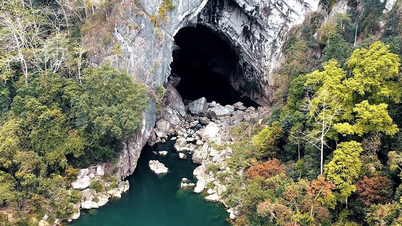




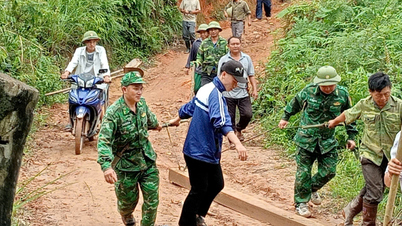

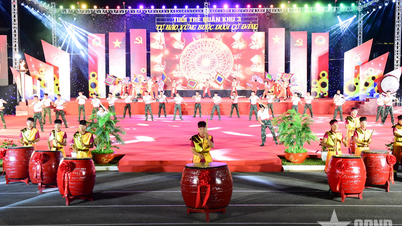
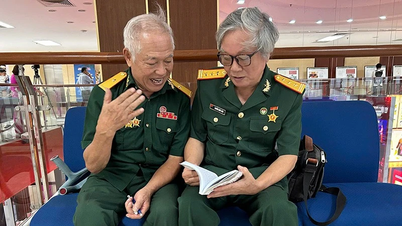
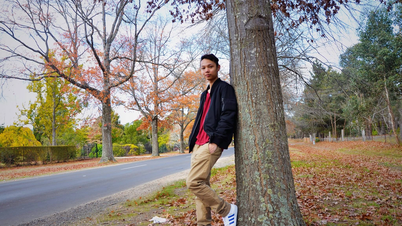











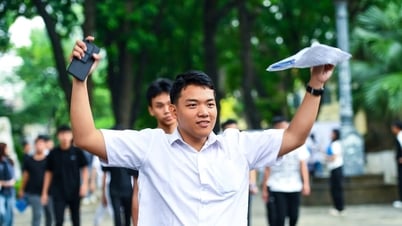





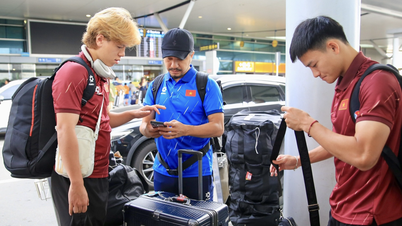
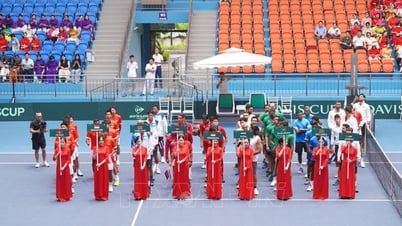

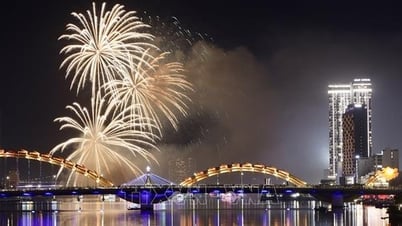

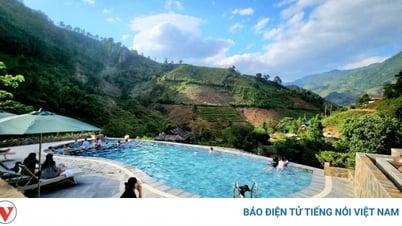
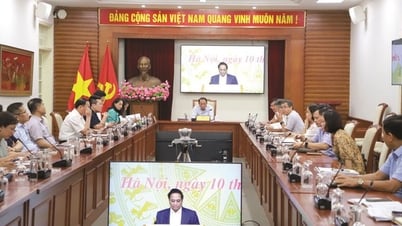

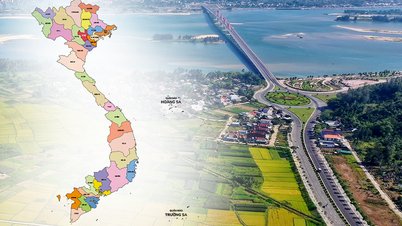
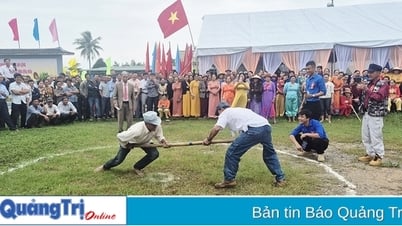

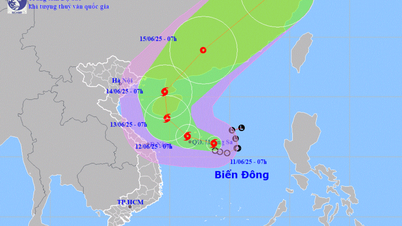

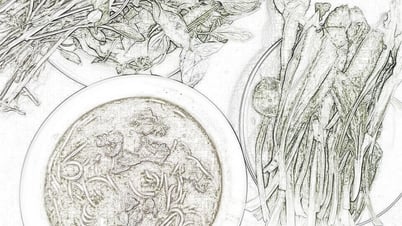
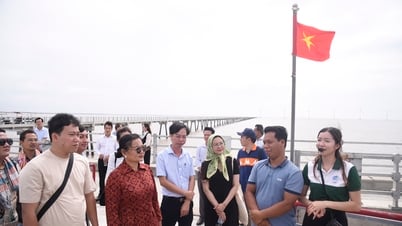
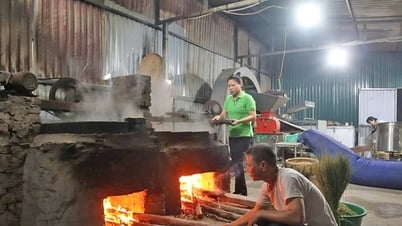

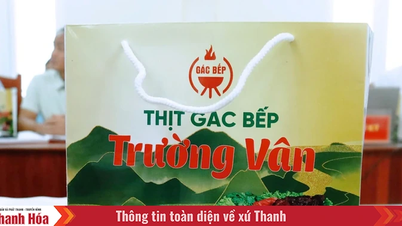



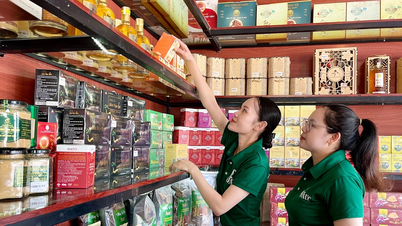



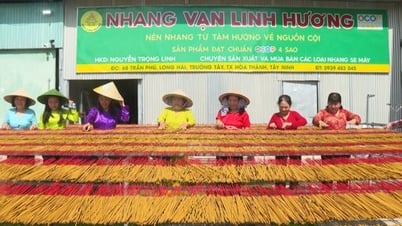


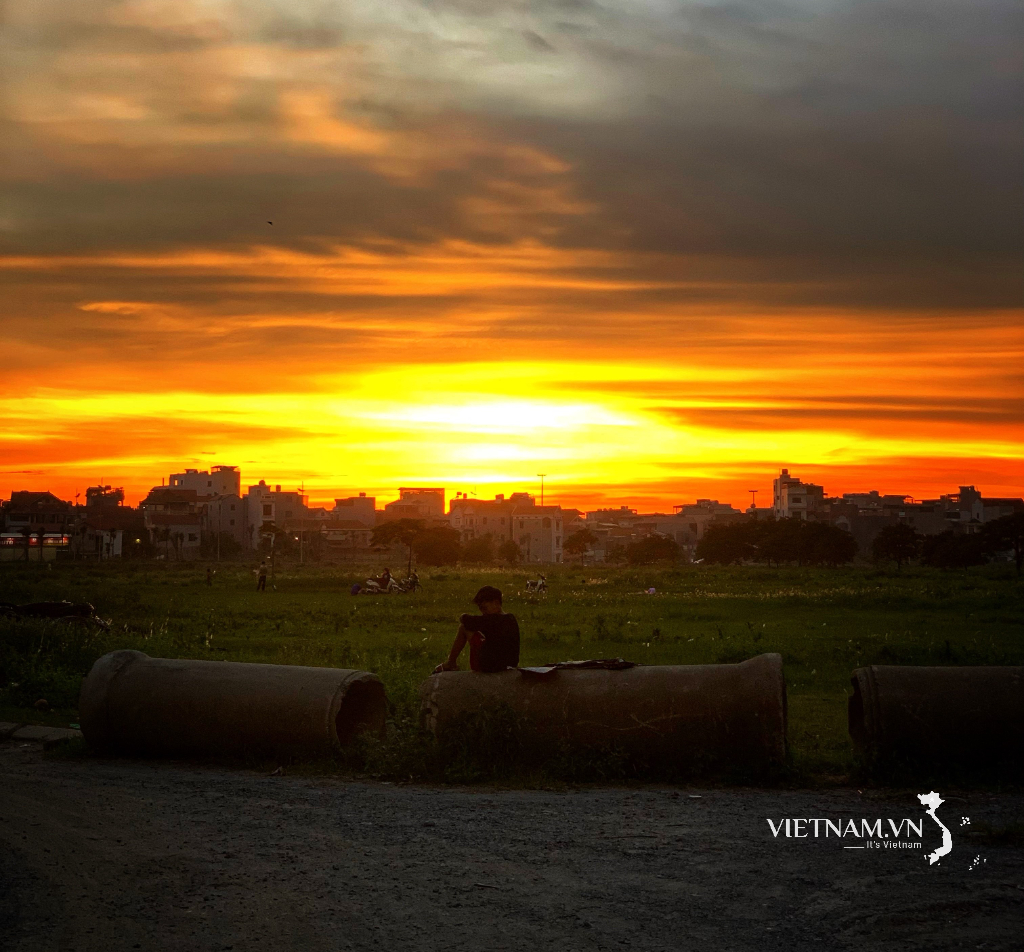
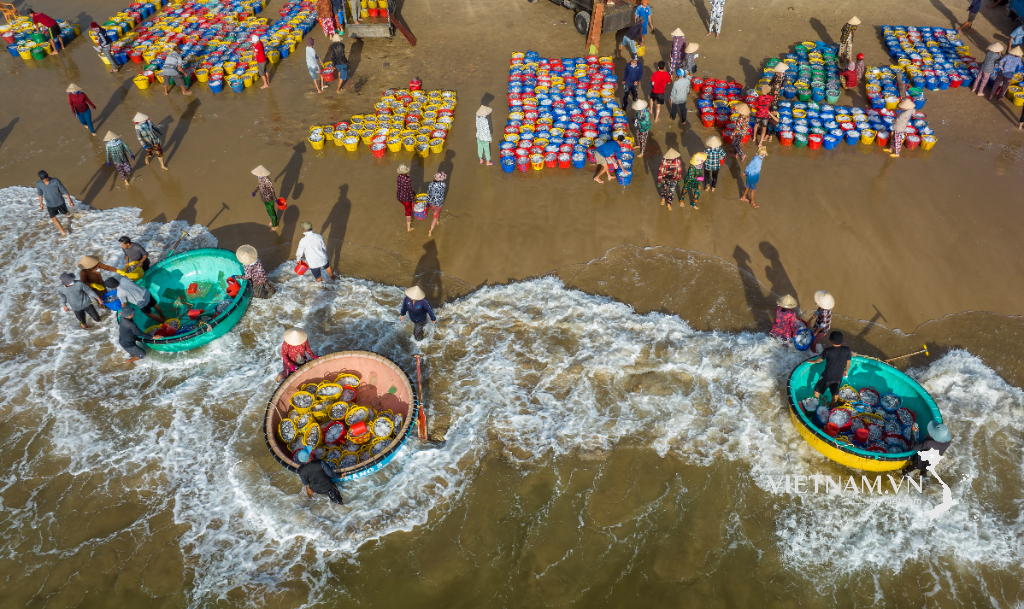
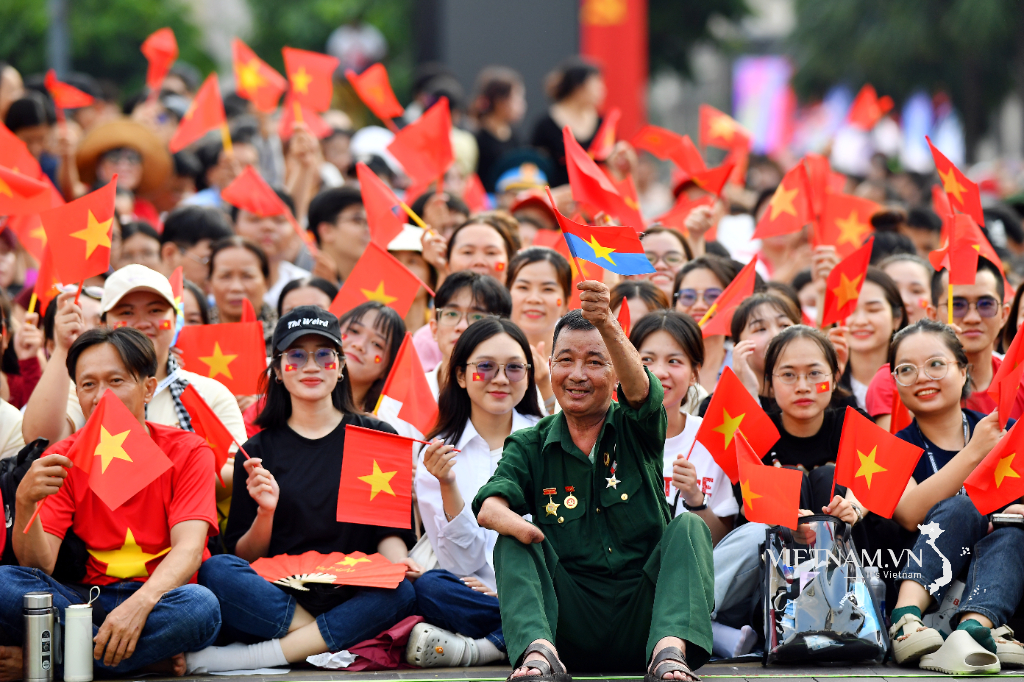
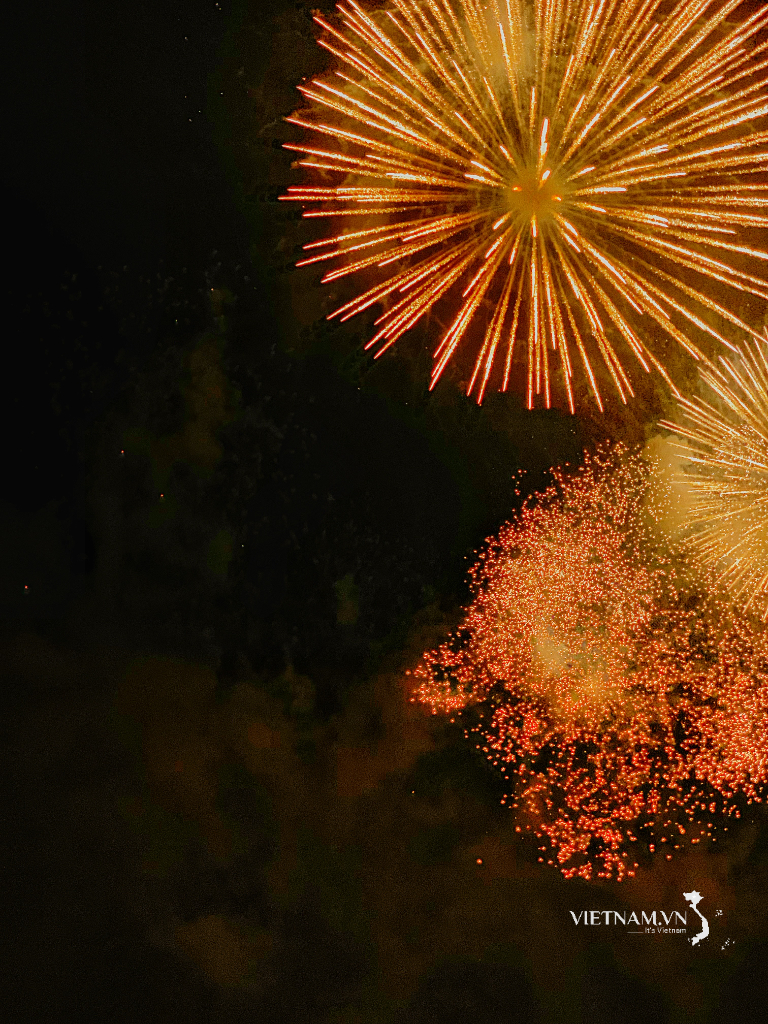
Comment (0)